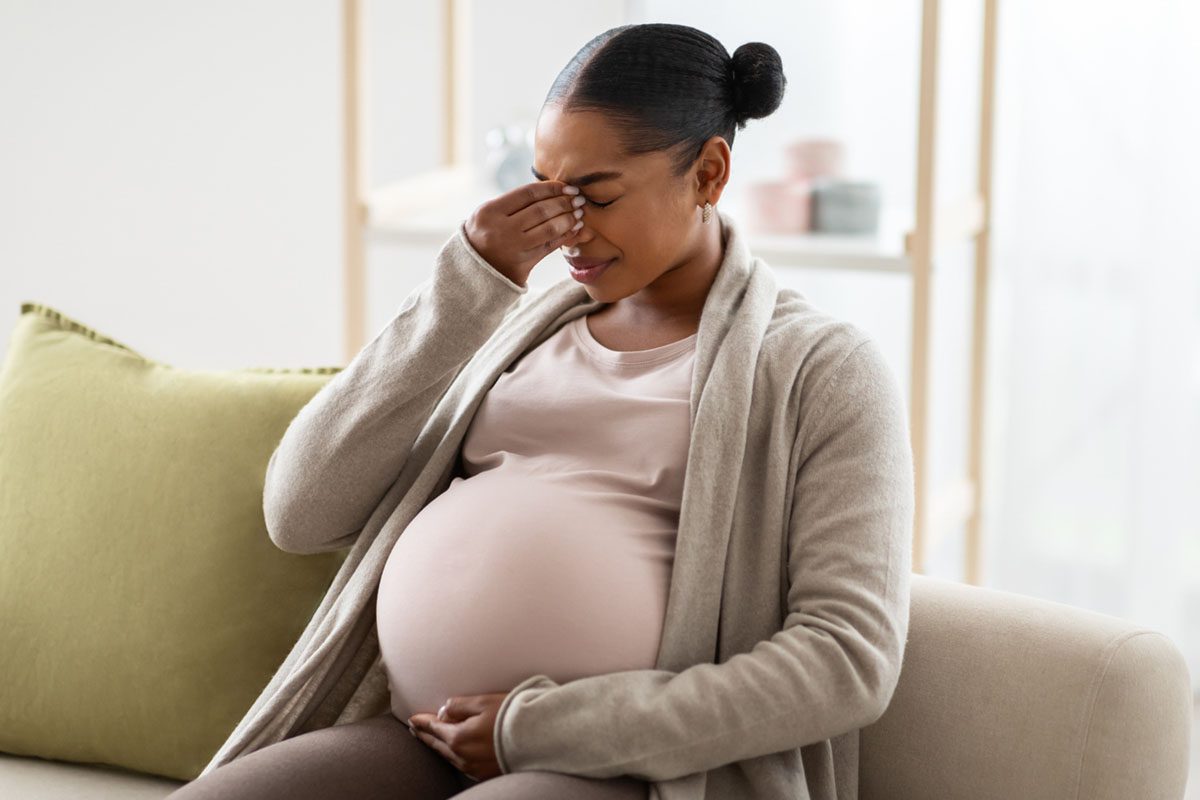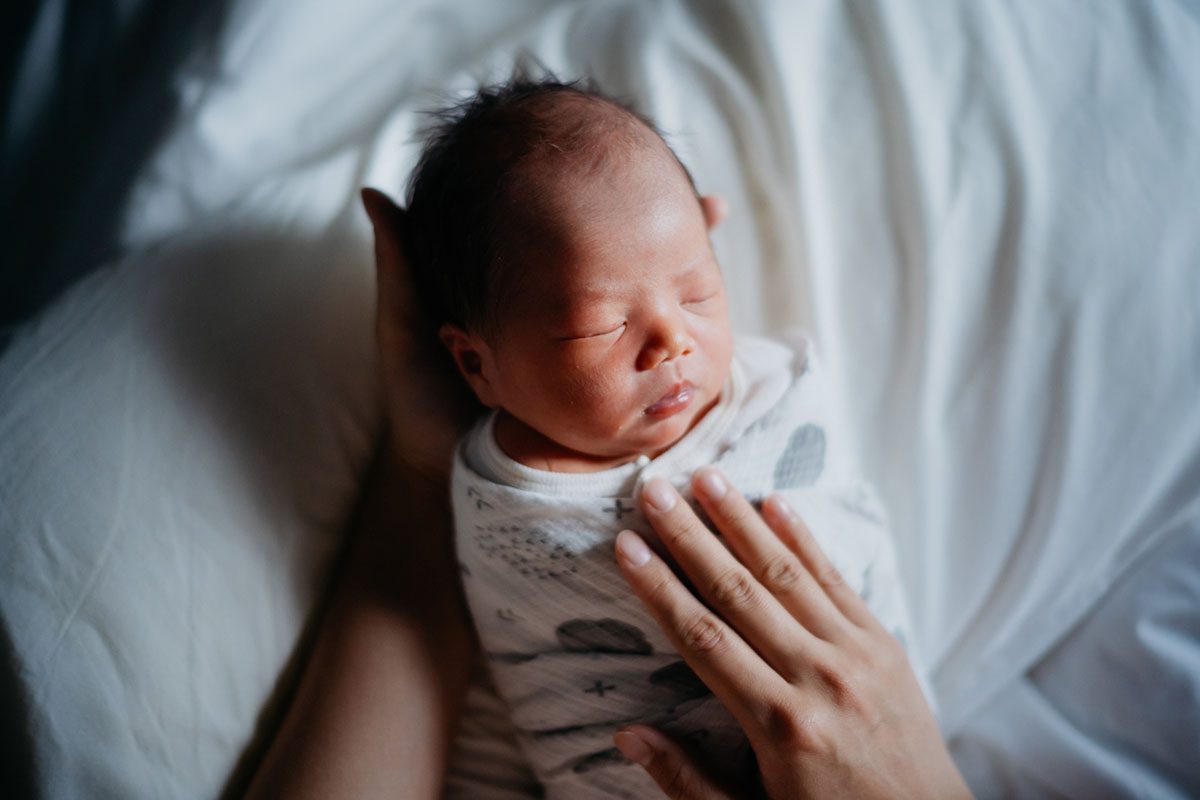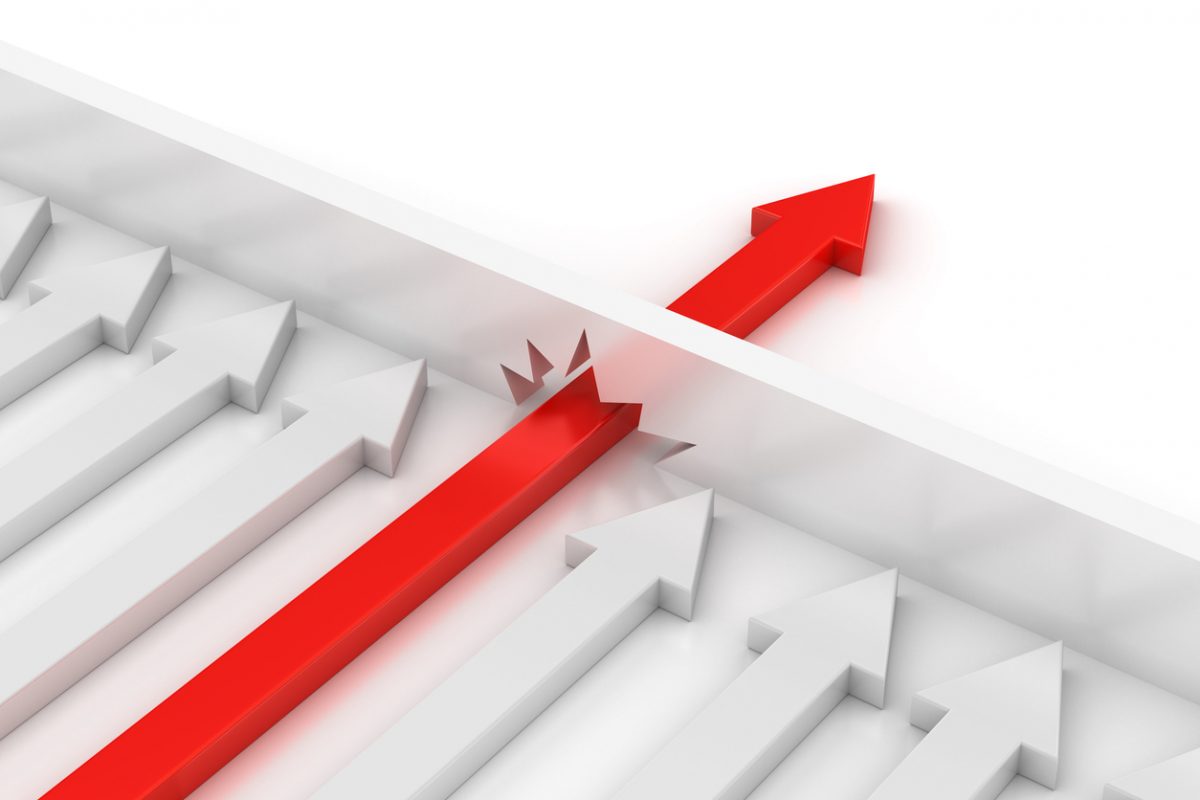Background: The demand for effective behavior therapy for obsessive-compulsive disorder (OCD) by exposure and ritual prevention exceeds its supply by trained therapists. A computer-guided behavior therapy self-help system (BT STEPS) was created that patients access by telephone from home via interactive voice response technology. This study compared the value of computer-guided behavior therapy value with that of clinician-guided behavior therapy and systematic relaxation as a control treatment.
Method: After screening by a clinician, 218 patients with DSM-IV OCD at 8 North American sites were randomly assigned to 10 weeks of behavior therapy treatment guided by (1) a computer accessed by telephone and a user workbook (N = 74) or (2) a behavior therapist (N = 69) or (3) systematic relaxation guided by an audiotape and manual (N = 75).
Results: By week 10, in an intent-to-treat analysis, mean change in score on the Yale-Brown Obsessive Compulsive Scale was significantly greater in clinician-guided behavior therapy (8.0) than in computer-guided (5.6), and changes in scores with both clinician-guided and computer-guided behavior therapy were significantly greater than with relaxation (1.7), which was ineffective. Similarly, the percentage of responders on the Clinical Global Impressions scale was significantly (p < .05) greater with clinician-guided (60%) than computer-guided behavior therapy (38%), and both were significantly greater than with relaxation (14%). Clinician-guided was superior to computer-guided behavior therapy overall, but not when patients completed at least 1 self-exposure session (N = 36 [65%]). At endpoint, patients were more satisfied with either behavior therapy group than with relaxation. Patients assigned to computer-guided behavior therapy improved more the longer they spent telephoning the computer (mostly outside usual office hours) and doing self-exposure. They improved slightly further by week 26 follow-up, unlike the other 2 groups.
Conclusion: For OCD, computer-guided behavior therapy was effective, although clinician-guided behavior therapy was even more effective. Systematic relaxation was ineffective. Computer-guided behavior therapy can be a helpful first step in treating patients with OCD when clinician-guided behavior therapy is unavailable.
Please sign in or purchase this PDF for $40.00.




